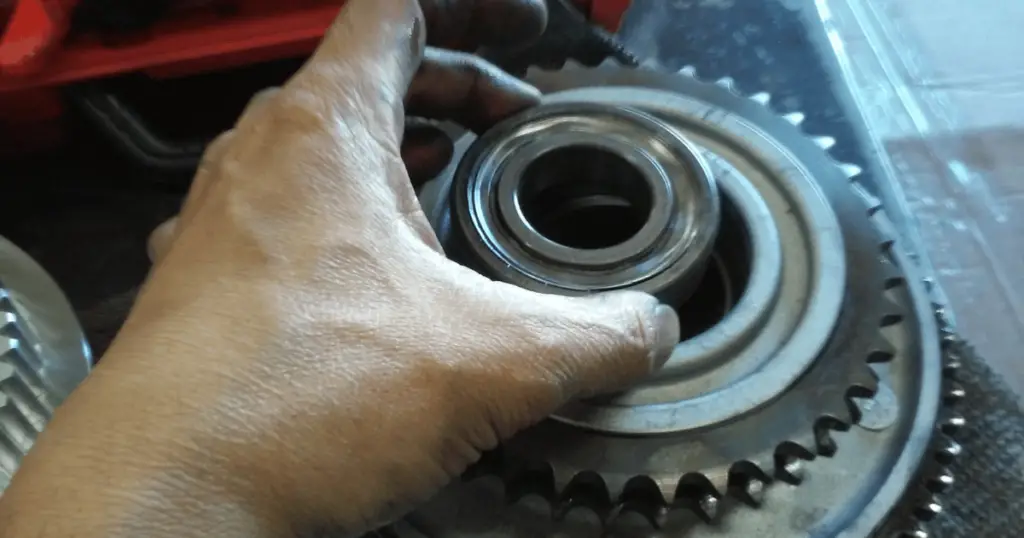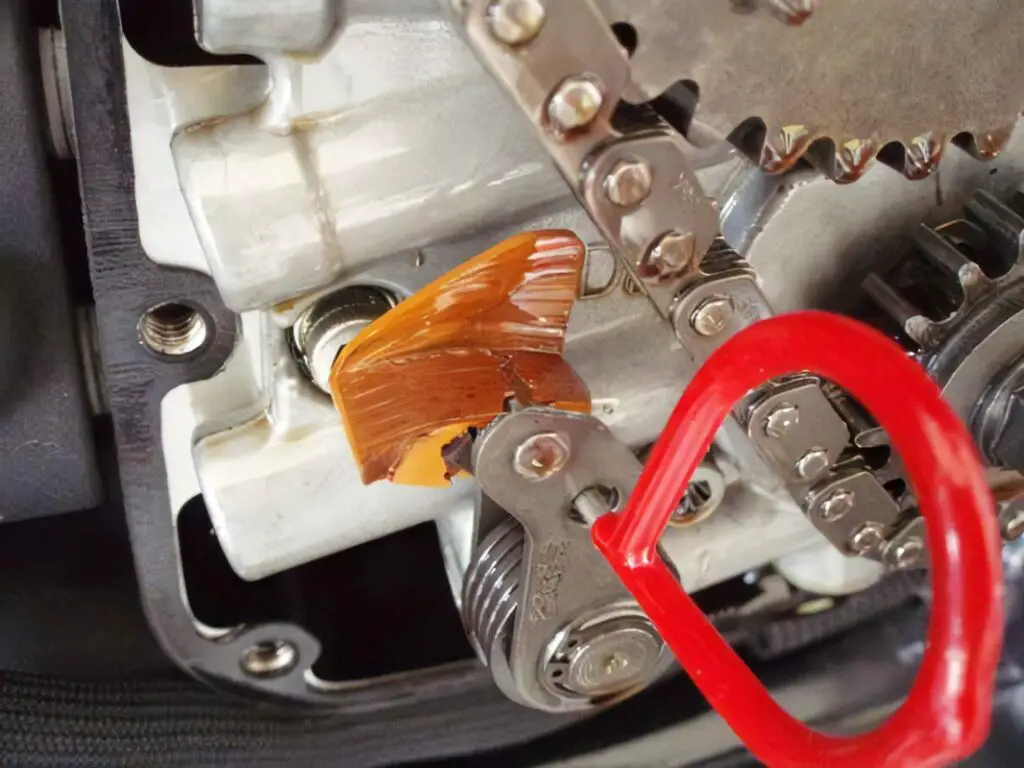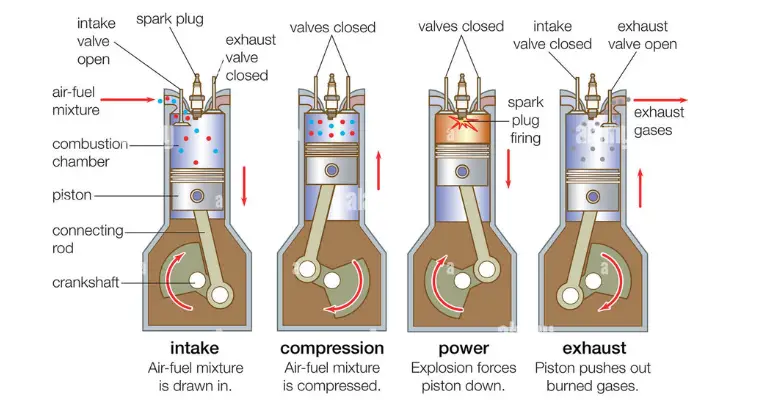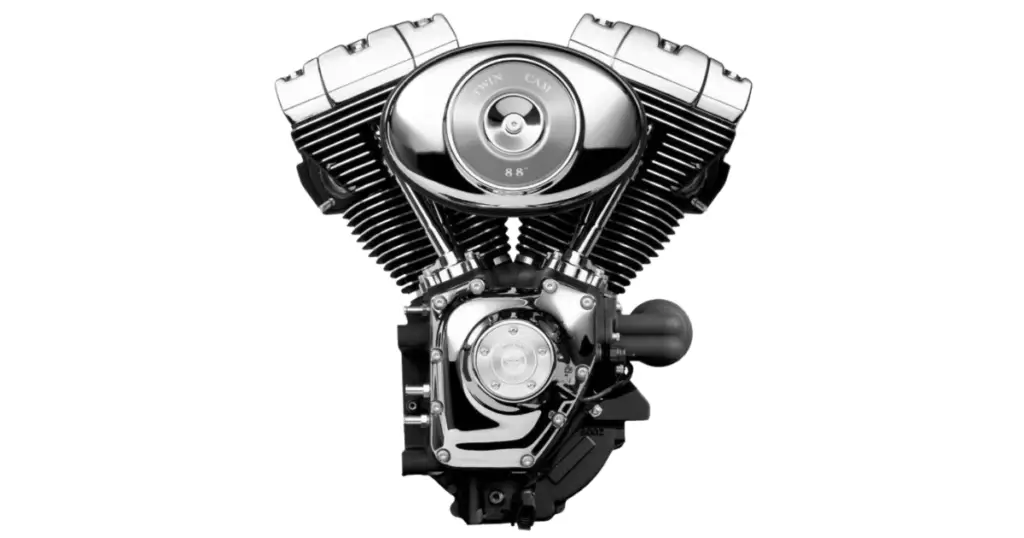Your Harley Davidson’s roaring engine is its beating heart, delivering the raw power and unparalleled freedom synonymous with the open road. But when it wrestles with infamous Twin Cam 96 problems, that freedom takes a backseat. It’s as though your mechanical steed has turned into a bucking bronco, leaving you, the rider, in a tumultuous sea of mechanical mayhem.
Since it hit the scene running in 2007, the Harley Davidson 96 cubic inch engine has been a staple for motorcycling enthusiasts worldwide. But what happens when that integral Harley heartbeat begins to falter under the strain of well-known Twin Cam issues? In reality, aren’t these complications just too daunting to manage?
Often overlooked, these Twin Cam Harley problems can morph into mammoth hurdles, preventing you from fully opening up your bike and enjoying that unique “Harley” experience.
Through thick and thin, we’ll journey together down that winding road to uncover the common snags with the Harley Davidson Twin Cam 96 engine, the potential fixes, and whether they’re indeed too substantial to handle. So, sit tight as we delve deep into the heart of your Harley, dissecting its potential weak spots and how to reinforce them. Prepare to regain control, revitalize your ride, and reclaim the open road once again.
Read more: Best Tuner for Harley 96: Power, Torque, and More
What Are The Primary Twin Cam 96 Problems?
Three main issues seem to recur when discussing the Twin Cam 96 problems: the oil pump, internal bearings, and the cam chain tensioner.
Oil Pump Failure (Oil Sumping)
Oil sumping, a condition where oil accumulates in the engine’s lower sections instead of returning to the oil tank, has been a significant concern. When the oil pump fails, it can cause oil to build up in the crankcase and the cam gear case, creating friction and leading to power loss in the engine. Essentially, the oil pump’s failure obstructs the smooth oil flow, leading to a myriad of other issues.
Related:
– Harley Davidson Engine Rebuild Cost: How Much? (+Replace?)
– Harley 96 Oil Capacity (The Full Explanation)
– Harley 96 Primary Oil Capacity (The Full Explanation)
Internal Bearing Failure
Another common issue with the Twin Cam 96 engine is the failure of the internal bearings. If the oil pump is jammed and oil fails to reach the bearings, it won’t lubricate them properly. The insufficient lubrication can cause severe damage to the rods, pistons, and various engine components.

Cam Chain Tensioner Failure
The cam chain tensioner is another component that has been a source of problems. The application of plastic shoes in the Twin Cam 96’s design was aimed at reducing noise. However, it led to an unexpected issue. If the plastic shoes wear out and the bike owner doesn’t realize it in time, it can lead to metal to metal contact, causing considerable damage.

What Did These Problems Lead To?
These three primary issues led to a significant and severe problem – spontaneous engine failure. Many Harley owners reported that their bikes’ engines stopped working unexpectedly, leaving them stranded. This has been a significant concern, especially for long-distance riders who rely on their Harley for cross-country trips.
What Are The Main Signs Of A Dying Harley Engine?
Recognizing the signs of a failing Harley engine can help you avoid unpleasant surprises on the road. Here are some common symptoms to watch out for:
Difficulty Starting
Difficulty in starting the bike, especially in cold weather, is a common sign of engine trouble. This could be due to a drained battery, thickened oil, or mechanical issues.
Running Hot
If your Harley engine runs hotter than usual, it could indicate a problem. Overheating can be caused by various factors, including oil sumping and internal bearing failure.
Misfiring
If your bike is misfiring or hesitating during acceleration, it could signal imminent engine failure. This is a clear sign that your engine needs professional attention.

Knocking Noises
Unusual knocking noises coming from your engine could indicate serious internal problems, such as bearing failure.
Smoke From The Exhaust
White or blue smoke coming from the exhaust is a clear sign of engine issues. This could be caused by broken valve seals allowing oil to enter the engine’s combustion chamber.
What Years Of This Twin Cam Engine Were Affected?
The Twin Cam 96 engine, introduced in 2007, has been the subject of these discussions. However, these issues are not confined to a specific production year. Various model years have reported problems, indicating a persistent issue with the engine design rather than a single faulty production batch.
Related: What Harley Twin Cam Years To Avoid: An Exhaustive Guide
Did The Twin Cam Engine Get Better?
Over the years, Harley Davidson has made several improvements to their engines. The Twin Cam 103 and 110, successors to the Twin Cam 96, have fewer reported issues. However, it’s crucial to note that no engine is perfect, and problems can occur even with the most reliable models.
How Did The 96 Compare To Other Twin Cam Engines?

Comparatively, the Twin Cam 96 had more reported issues than its predecessors and successors. The earlier Twin Cam 88 had fewer common problems, while the later Twin Cam 103 and 110 showed improvements in reliability and performance. However, the Twin Cam 96 remains a significant part of Harley Davidson’s engine history, marking a period of learning and growth for the company.
Read more:
> Twin Cam 88 vs 96: Dual Cam Shootout (What’s Better?)
> Harley 96 vs 103: What’s The Deal?
In conclusion, while the Twin Cam 96 engine had its share of issues, it’s essential to remember that proper maintenance and timely repairs can significantly improve the engine’s lifespan and performance. As Harley Davidson continues to innovate, the lessons learned from the Twin Cam 96 have undoubtedly influenced the design of their newer engines.
Read next: Twin Cam vs Milwaukee 8: Harley Motor Shootout